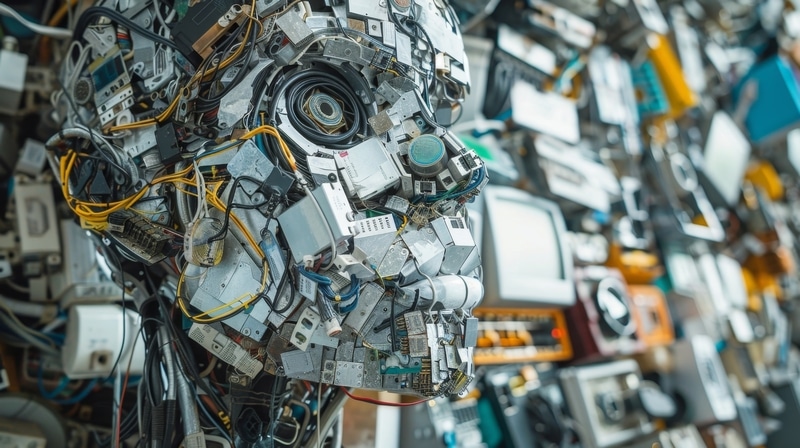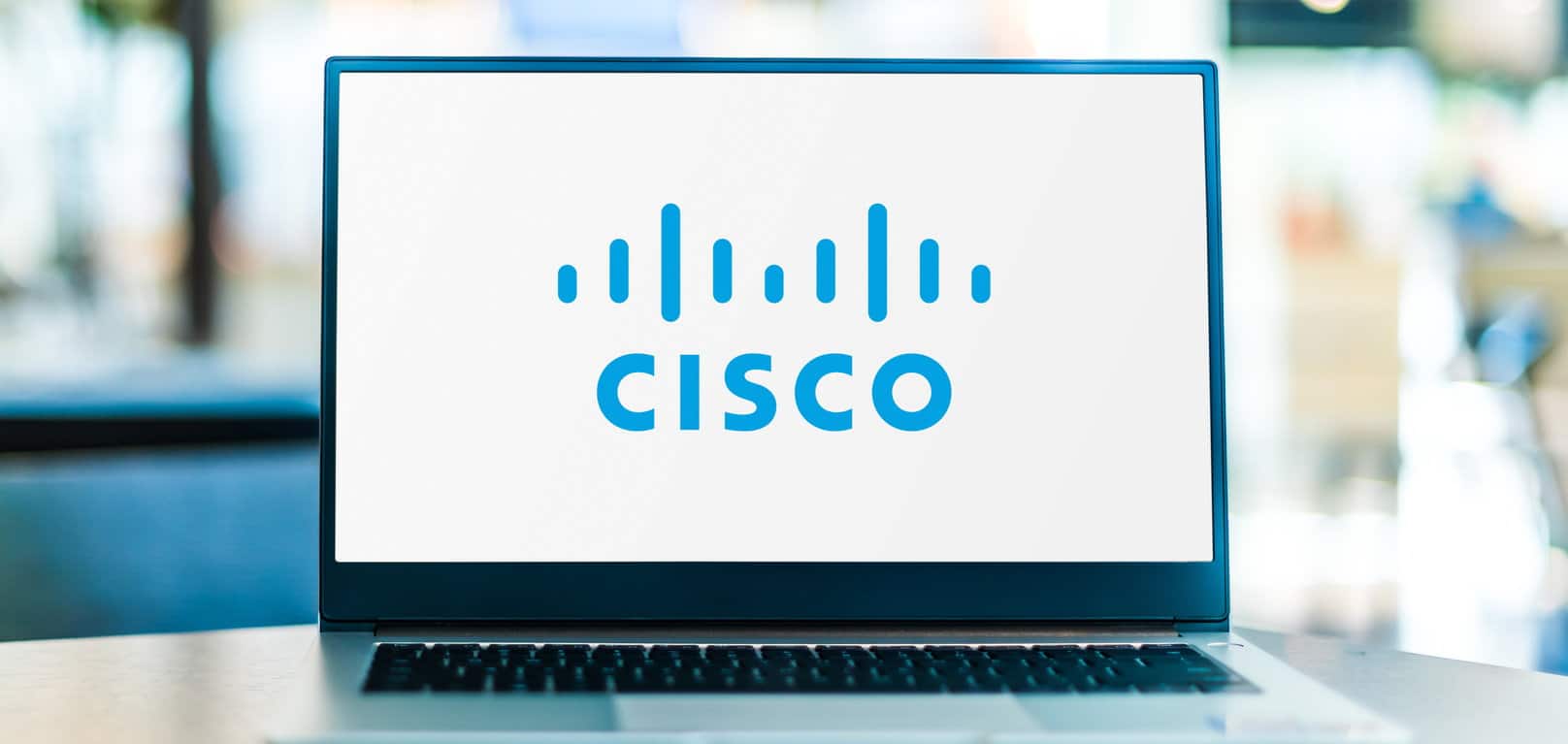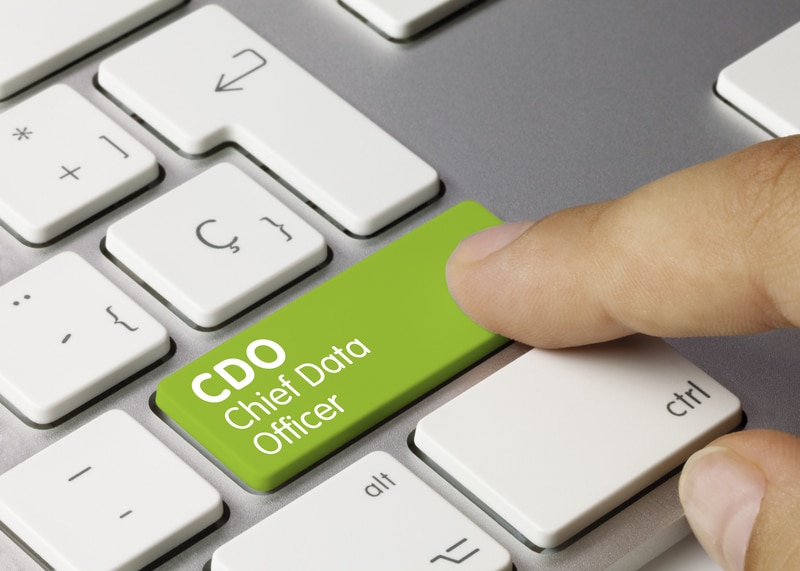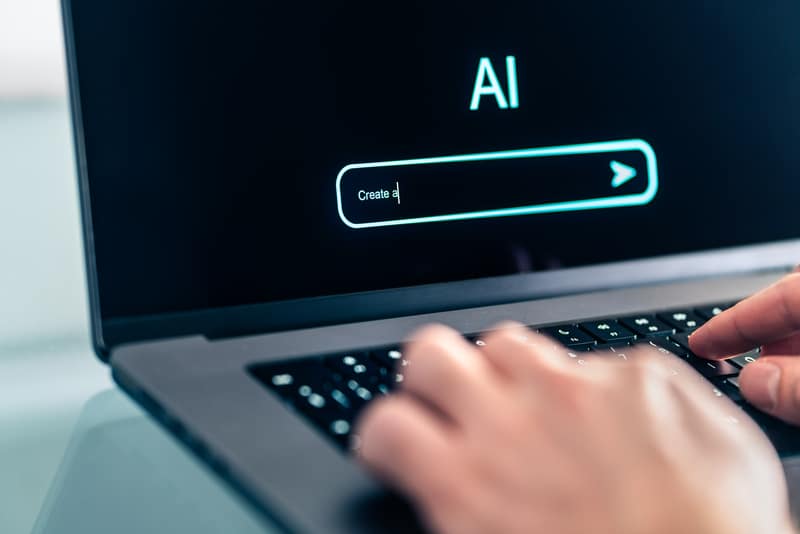
Land of hope, glory and e-waste: Brits are set to become the biggest contributors to electronic waste this year, but why?
As technology evolves and becomes more accessible, providing new and exciting ways to make our lives easier, it’s easy to ignore the elephant in the room -- the huge amount of e-waste our appetite for consumption is causing. Ignorance has been bliss, but with research suggesting this year the UK could become the world’s biggest contributor to e-waste per head, transformative action is long overdue.
While our drive to have the latest technology is natural, we need to consider what happens to old devices when we upgrade.

A technical overview of Cisco IoT part 2: Hardware
The following article continues the Cisco IoT series, shifting focus to the essential networking hardware that powers IoT solutions. Part one of the series explored the foundational elements of IoT routing and switching, emphasizing the critical role these components play in ensuring seamless connectivity and robust data flow. Building on that discussion, this piece will outline the significant opportunities in IoT networking and security that Cisco supports through its innovative hardware offerings.
IoT is a rapidly expanding area of networking with increasing use cases. It impacts various sectors, including healthcare and retail, by providing valuable security or cost-saving benefits through new forms of sensors. These sensors enable new capabilities such as better inventory management and improved products.

7 steps for managing data in the AI era
AI will generate 10 percent of all new data in 2025, according to Gartner. This statistic has significant ramifications for business leaders in the digital age.
First, it hints at another substantial development: Overall data generation will skyrocket alongside advanced AI and machine learning (ML) tools. Statista predicts that humans will create, process and consume 180 zettabytes of data in 2025, up nearly 300 percent since 2020. This prediction foreshadows worsening data sprawl, a problem wherein organizations have more data than they can process or understand.

IT leaders challenged to close industry skills gap -- Human talent shortage leads to more automation and MSP outsourcing
Information technology leaders have long struggled to close a persistent skills gap, especially since the largescale shift to hybrid workforces and remote employees during the pandemic. To address the growing talent shortfall, many IT leaders are taking a strategic automation approach to outsource more IT functions. The use of automation can lighten the load to free up technicians for other pursuits such as streamlining network operations or learning new skills.
Auvik’s recent IT Trends 2024: Industry Report found that managed service providers (MSPs) and internal IT departments are deploying more automated systems today to address their staff shortages and resource constraints. Despite making some progress, nearly one-third of network and SaaS-related management tasks are still being done manually (29 percent), and 11 percent of IT professionals still perform their network documentation tasks completely manually.

Getting the most from your data: Five reasons organizations need a Chief Data Officer
Data is the heart of modern business -- the fuel powering organizations forward. However, many are still struggling to unlock value from the wealth of information they hold, with organizations across EMEA unable to use a third (33 percent) of their data effectively. For some, a primary reason for such ineffective use of data is the absence of a C-suite executive with accountability to modernize technology, author enterprise data strategy, and accelerate a data-driven culture: the Chief Data Officer (CDO).
Some believe the C-suite is already overcrowded and the thought of adding another position is unappealing, but in the contemporary business landscape, data is increasingly shaping corporate strategy. Without a CDO, the C-suite will miss key opportunities.

Balancing Large Language Model adoption with robust API security
The popularity of Large Language Models (LLMs) has prompted an unprecedented wave of interest and experimentation in AI and machine learning solutions. Far from simply using popular LLMs for sporadic background research and writing assistance, LLMs have now matured to the degree where particular solutions are being used within specific workflows to solve genuine business problems.
Industries such as retail, education, technology, and manufacturing are using LLMs to create innovative business solutions, delivering the required tools to automate complex processes, enhance customer experiences, and obtain actionable insights from large datasets.

Navigating the hybrid workplace: Balancing productivity, efficiency and security
In today’s digital workplace, we rely heavily on a wealth of collaboration solutions; in fact, these tools have become ingrained and part of our daily workflows. Despite hybrid working patterns and the return, for some, to a more traditional work environment, the continued reliance on collaboration apps remains strong. This presents opportunities and challenges for the IT teams tasked with onboarding and offboarding employees and effectively managing an ever-growing plethora of tools and apps.
Without a doubt, these collaboration tools have improved communication and made work easier andmore efficient. Applications such as Zoom, Teams, and Google Meet have become essential in the workplace. Each offers unique features and integrations, enabling employees to go about their daily work lives, regardless of whether they adopt the hybrid or fully remote working model.

Securing democratic integrity against cyber threats
This year is one of the biggest for elections around the world, with 64 countries heading to the polls. The UK government and the NCSC have already issued warnings that current geopolitical tensions may lead nation-state actors attempting to meddle in election results through various cyberthreats.
Beyond the threat of nation-state activity, this year marks the first large-scale election in the UK in the time of deepfakes and AI, which have the potential to spread misinformation and disrupt the integrity of the country’s democratic processes.

eBPF: Enabling security and performance to co-exist
Today, most organizations and individuals use Linux and the Linux kernel with a “one-size-fits-all” approach. This differs from how Linux was used in the past–for example, 20 years ago, many users would compile their kernel and modify it to fit their specific needs, architectures and use cases. This is no longer the case, as one-size-fits-all has become good enough. But, like anything in life, “good enough” is not the best you can get.
Enter: Extended Berkeley Packet Filter (eBPF). eBPF allows users to modify one-size-fits-all to fit their specific needs. While this was not impossible before, it was cumbersome and often unsecure.

Addressing workers' concerns about AI
Artificial intelligence (AI) and machine learning (ML) solutions are being adopted across every industry today. Quite often, these initiatives involve deploying ML models into operational settings where the model output ends up being a widget on the screens or a number on the reports that are put in front of hundreds, if not thousands, of front-line employees. These could be underwriters, loan officers, fraud investigators, nurses, teachers, claims adjusters, or attorneys. No industry is immune to these transformations.
These initiatives are typically driven from the top down. Management monitors and looks for ways to improve KPIs, and increasingly, AI/ML initiatives are identified as a means to this end. Certainly, there’s plenty of communication among executive, finance, data science, and operational leaders about these initiatives. Unfortunately, in many of the organizations I’ve worked with, the group of folks who are most commonly left out of the discussion are the front-line employees.

The prompt plays a critical role in crafting emails with LLMs
In the realm of digital communication, crafting the perfect email is both an art and a science, especially when the goal is to convert that email into a meeting or a tangible outcome. With the advent of Large Language Models (LLMs) like GPT (Generative Pre-trained Transformer), the stakes have been raised, offering unprecedented opportunities for personalization, efficiency, and effectiveness in email outreach. At the heart of this revolution lies a seemingly simple yet profoundly impactful element: the prompt.
A prompt, in the context of LLMs, is more than just a starting point for generating text; it's the steering wheel that guides the AI in a specific direction, ensuring that the output aligns with the sender's intentions, tone, and objectives. The importance of prompts becomes even more pronounced when considering the goal of converting an email into a meeting -- a task that requires precision, personalization, and persuasion. Prompts provide:

Your company needs a BEC policy and five other email security trends
Hardly a week goes by without news of another email-based attack via phishing or Business Email Compromise (BEC) scam. These types of attacks can cause a great deal of damage to infrastructure and an organization’s image, whether it is a large enterprise, a small-medium business (SMB) or even much smaller retailers. The FBI (Federal Bureau of Investigation) reports that the average financial loss per BEC attack is $125,000 and last year estimated the Business Email fraud industry to be valued at a whopping $50 billion.
These attacks are increasingly creative, and typically involve impersonation of someone such as the head of an organization or finance. If someone responds on behalf of the executive, they could unknowingly give away the keys to the kingdom, causing significant losses. With that in mind, let’s review some of the larger email security trends.

Securing AI copilots is critical -- here's how
The use of AI copilots is already helping businesses save time and gain productivity. One recent study found that employees who gain proficiency using copilots saved 30 minutes a day, the equivalent of 10 hours a month, while the average employee saved 14 minutes a day, or nearly five hours each month.
AI copilots essentially allow people to interact with business productivity tools for greater efficiency. You can ask these tools questions, synchronize data and perform automated actions in an easier and better way. In the survey referenced above, 70 percent of users reported greater productivity while 68 percent said it improved the quality of their work. However, while the business benefits are significant, these copilots can also introduce new security risks that organizations must be aware of -- and have a plan for.

Is over-focusing on privacy hampering the push to take full advantage of AI?
In 2006, British mathematician Clive Humby declared that data is the new oil -- and so could be the fuel source for a new, data-driven Industrial Revolution.
Given that he and his wife helped Tesco make £90m from its first attempt at a Clubcard, he should know. And it looks like the “derricks” out there are actually pumping that informational black gold up to the surface: the global big data analytics market is predicted to be more than $745bn by 2030 -- and while it may not be the most dependable metric, Big Tech is throwing billions at AI at a rate described as “some of the largest infusions of cash in a specific technology in Silicon Valley history”.

Understanding the risks of integrating GenAI in GRC programs: A framework for compliance teams
NIST's recent AI Risk proposal, AI RMF Generative AI Profile, aims to assist organizations in comprehending AI risks internally and from third-party vendors. While GenAI adoption is on the rise across various sectors, compliance managers are more cautious about incorporating AI into their compliance programs. Despite all the hype about AI, a survey conducted by The Wall Street Journal among approximately 300 compliance professionals revealed that only one-third currently incorporate GenAI within their compliance programs.
Collaborative efforts between entities like NIST and prominent organizations including OpenAI and Microsoft are underway to expedite the development of standards and recommendations for the responsible deployment of AI. Amidst grappling with the implementation of GenAI, it becomes imperative to understand how third parties are integrating this technology to better evaluate corporate risk, consequently enhancing regulatory and compliance reporting.

